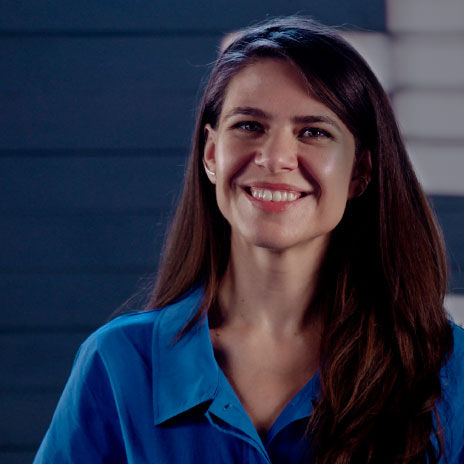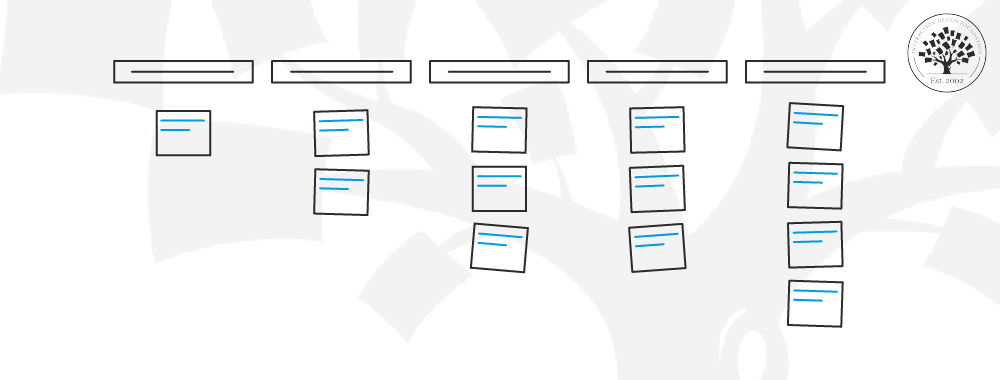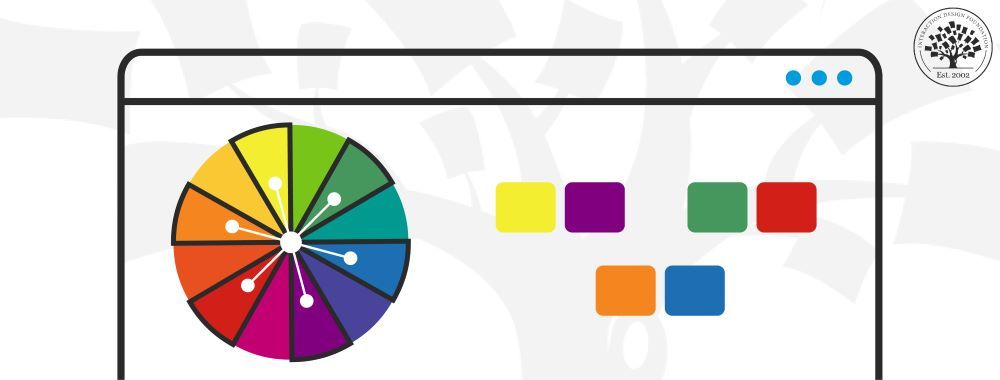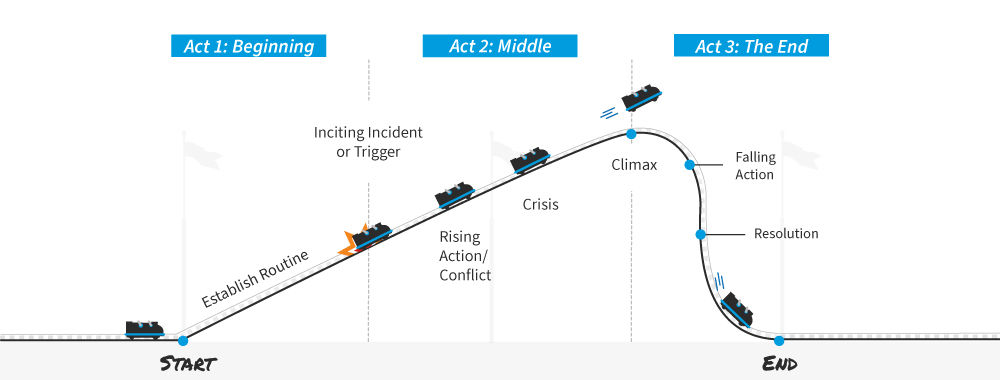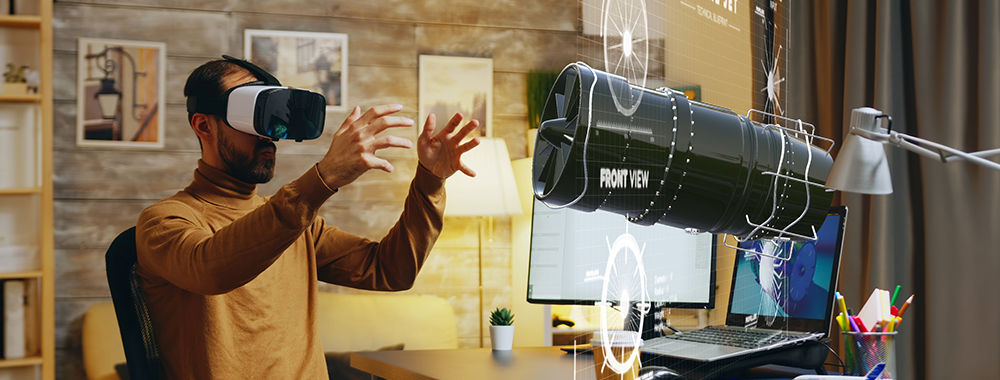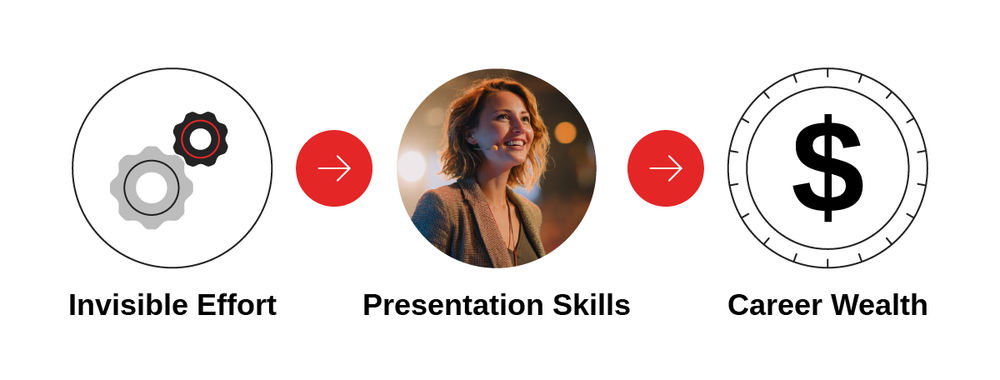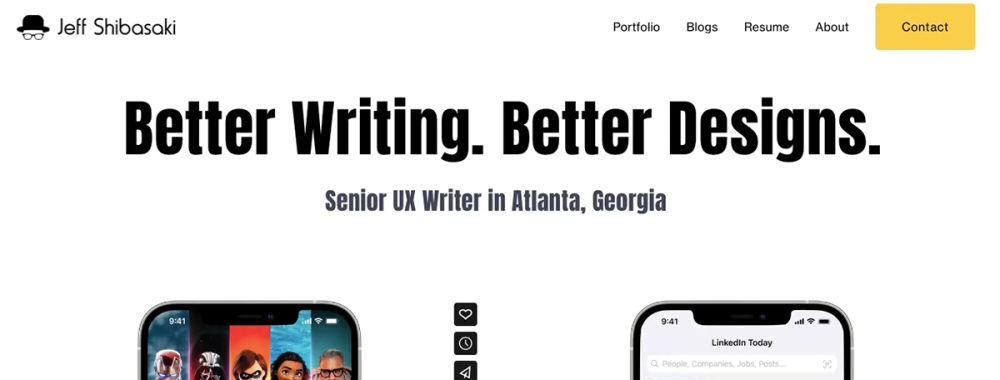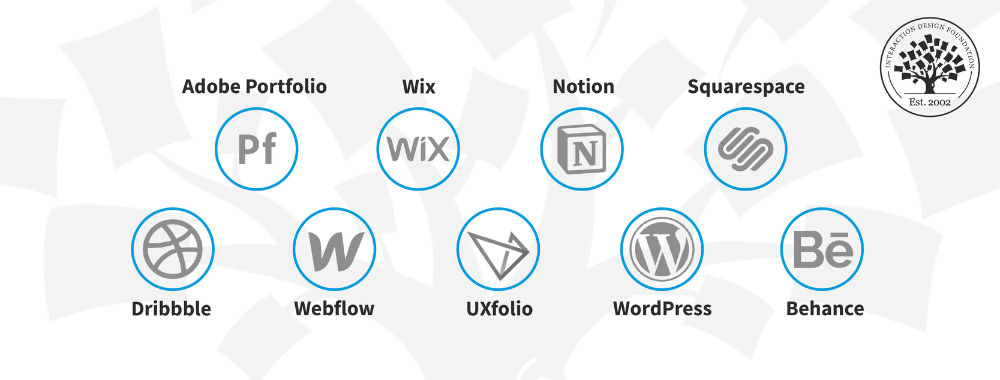There are two broad ways of looking at things: local focus vs. global focus. When we have a local focus we are concentrating on the component elements of something. And when we have a global focus we are looking at the whole, wider ranging picture, rather than fixating on the individual elements that comprise the overall picture.
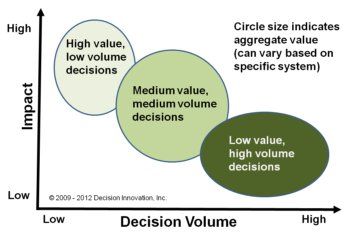
Both local focus and global focus have their benefits. For example, when we are focussing on the bigger picture (i.e. a global focus), we keep the core aims firmly in mind. These aims are what we are trying to achieve for the intended users, such as making a group of employees more productive or providing a more pleasurable experience for social media users. A local focus, in contrast, allows us to get to the heart of the sub-challenges, which ultimately shape the user experience. For example, someone with an exacting local focus might spend a whole day's work just perfecting how an interactive button works on their user interface.
Insights from one type of processing or focus can inform the other. For example, user research can help us understand the intended users' feelings, opinions, and behaviour. We can then apply these 'bigger picture' findings to how we focus on the finer details of a user experience. However, if we get bogged down in the little things at the beginning, the key global insights may be missed.

Hourglass Focus
This isn't an attempt to argue the case for one type of focus over the other; it is more an attempt to draw attention to the benefits of planning and organising the activities you carry out to get the best out of the design process by considering how, where, and when to allocate your focus. If any particular approach were to be recommended, I would say focus should be directed in the form of an hourglass.
Start global; take the big picture in, learn from your target users, and translate the findings into a set of meaningful and applicable ideas of how to provide a good user experience. Then gradually narrow your focus until you are dealing with the specifics of the design project, such as which elements to include, the styles, and behavioural aspects of the display or product. Once you have applied your 'bigger picture' research to the small details, work your way back to then focus on your overall aims and test how successful your 'small' decisions have been.
Small Decisions Can Make a Big Difference
Andrew Mayfield, CEO of Optimal Workshop, produced 'Quantifying the value of UX - the interactive infographic' to show the impact the decisions user experience designers, information architects, and usability researchers have for people all over the world. By focussing on their needs, and researching the factors that play a part in a product's user experience (e.g. the people, their physical and cognitive abilities, their level of experience, the context of use, and other elements specific to the product) there is the potential to save thousands if not millions of man-hours, and lots of money (that dirty word).
So, if we get our approach to design right, and gain as much of an understanding of the product domain - encompassing past versions, similar artefacts, and human factors - before we start, the finer details should represent 'bigger picture' thinking. In which case, we needn't think of the two types of focus (global and local) as mutually exclusive during a single design project.

In Summary
Whether we tend to focus on the specifics or the bigger picture, there are benefits to both approaches. In terms of design, we can take advantage of both by consciously employing an 'hourglass focus', where we begin by considering the broad factors, apply them to the finer details, and then return to the global view by testing the product. Whichever approach you take in your projects, you can help people save time and free them up to allocate their attention to the little or big things in their own lives.
Image Sources: Cludinary (link to image), Wharton University of Pennsylvania (link to image), Mind Champs (link to image), Tnooz (link to image), Decision Innovation (link to image)

